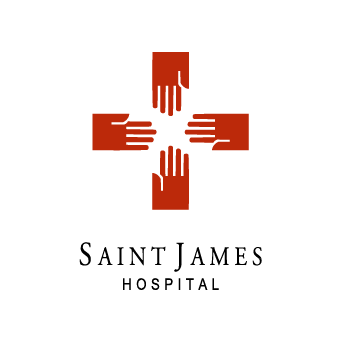Periodontology is a specialist branch of dentistry that deals with the prevention, diagnosis and treatment of diseases affecting the periodontium.
The periodontium represents the supporting tissue of the tooth, which consists of the gums – gingiva, alveolar bone, and the periodontal ligament that connects the tooth and bone. Diseases that affect the periodontium are gingivitis and periodontitis. They are caused by the accumulation of bacteria and tartar.
Gingivitis is inflammation of the gums – gingiva, and is characterized by redness and bleeding of the gingiva. Although gingivitis is most often caused by bacteria from plaque and calculus (deposits on hard dental tissues), there are also some conditions in which people are particularly prone to developing gingivitis, such as: puberty, pregnancy, orthodontic irregularities, systemic diseases and the use of certain drugs, nicotine consumption and alcohol, taking oral contraceptives… If gingivitis is not treated in time, periodontitis develops as a more severe form of periodontal disease.
Chronic periodontitis that is not treated leads to the loss of periodontal tissues (supporting elements of the teeth) and causes the teeth to wobble and move. In the most severe cases, such teeth must be removed. In order to prevent the occurrence of periodontal tissue diseases, it is necessary to maintain good oral hygiene regularly, but also to visit the dentist regularly so that tartar, which is the main cause of periodontal diseases, can be removed in time.


